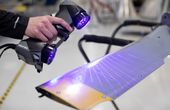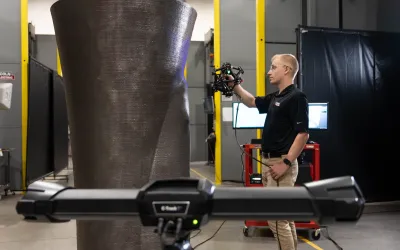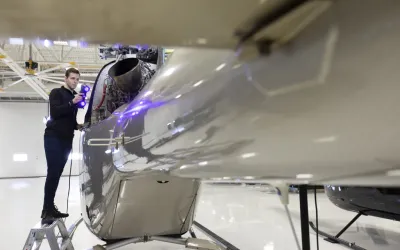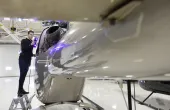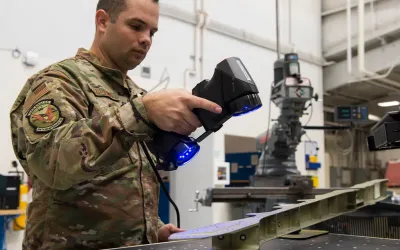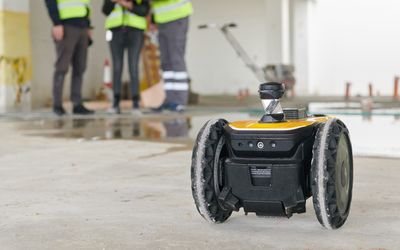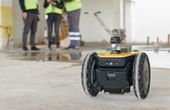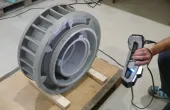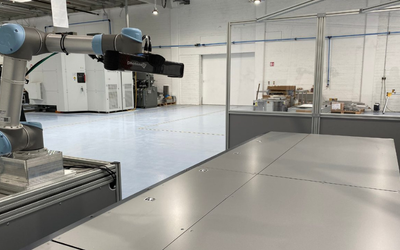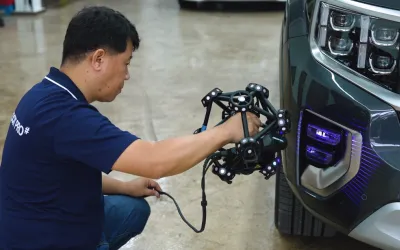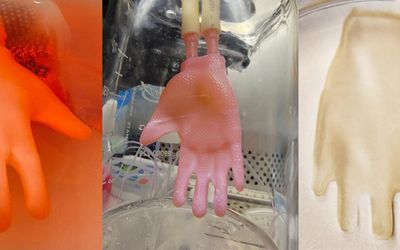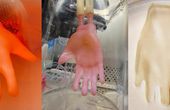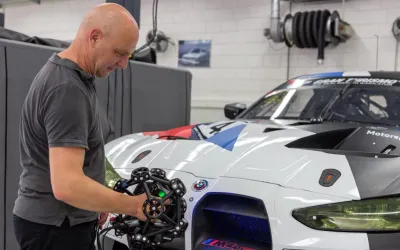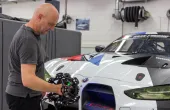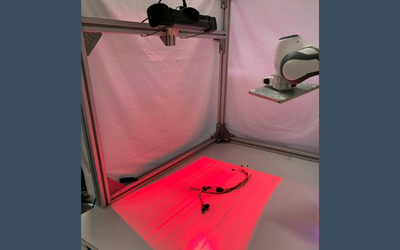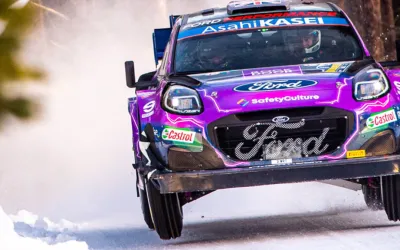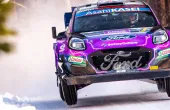Tagged with
3d scanning
Latest Posts
Over the last few decades, reverse engineering has become an essential part of product design and production processes used by manufacturers all over the globe. From aerospace to automotive to everyday consumer goods, industrial engineers and product designers rely on reverse engineering when replicating a legacy part without documentation or drawings, analyzing and deconstructing a competitive product, or modifying and improving an existing one.
The military and defense sectors are undergoing an unprecedented transformation as military bases around the world adopt 3D scanning and additive manufacturing technologies for a wide range of applications. That includes maintenance, repair, and overhaul (MRO) processes, damage assessments and reverse engineering of parts, to name a few.
In this application by Rossum Integration s.r.o., empty crates are scanned with the Photoneo PhoXi 3D Scanner to make sure they are not contaminated by candy products previously filled in the crates. After the contamination control, the crates are filled with a material and manipulated by a robot equipped with a special effector, which can grab 4 crates simultaneously.
Based in South Korea, Autocut is an automotive paint protection film (PPF) and tinted film solutions provider. It delivers software with 17000+ pattern data of paint protection films (PPF) and pre-cutting films for automotive aftermarket shops. Pre-cutting of the film based on the shapes of car parts is needed for productive PPF projects. With over 15 years of expertise, Autocut’s solutions are adopted in over 100 shops in South Korea.
Following the example set by the FIA, M-Sport saw the need to introduce 3D scanning to control the body shell’s accuracy and ensure that the car met regulatory requirements. After all, winning performances often occur by pushing as close to the limit as practical while remaining compliant with regulations. 3D scanning proved to be the technology required to reach this balance.


